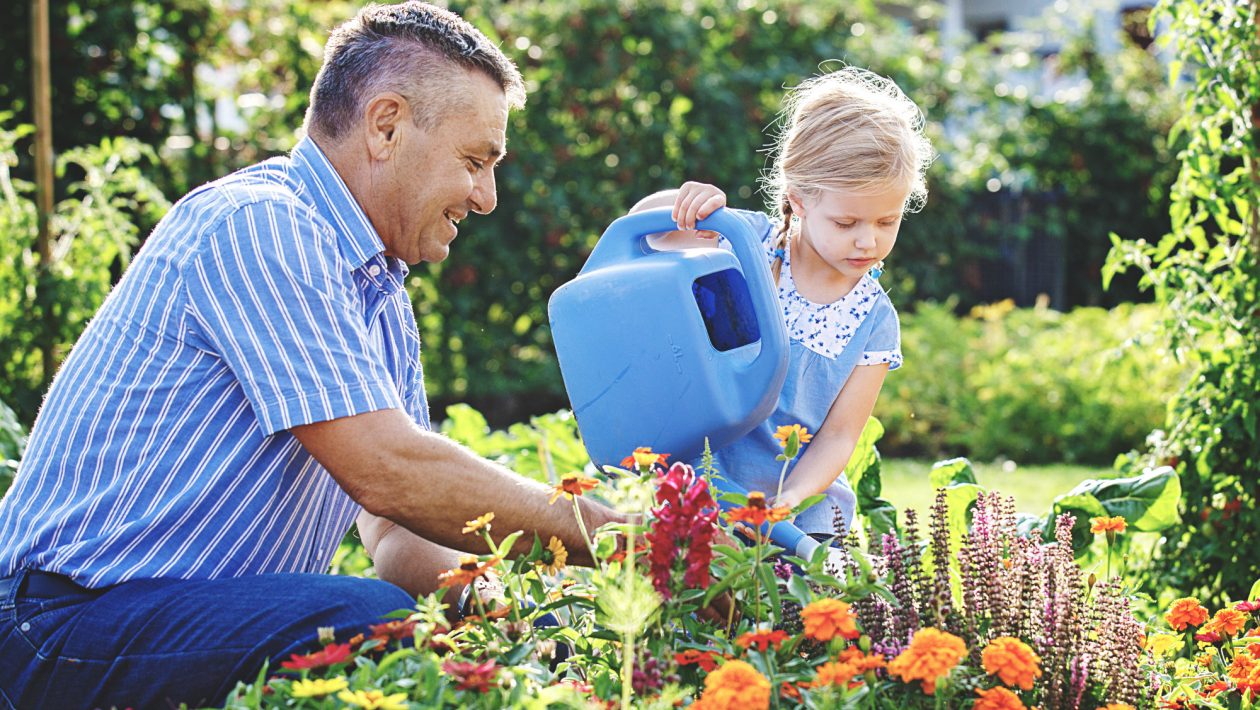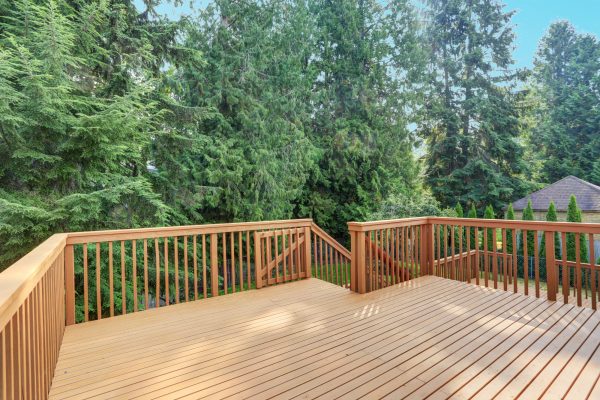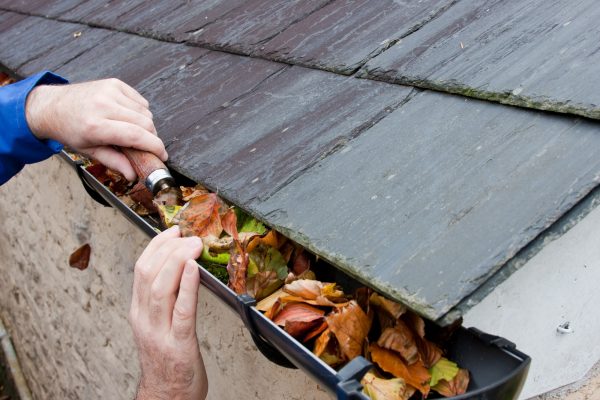Americans collectively spend approximately $30 billion on their lawn care needs each year.
That’s a significant sum of money by anyone’s standards. Clearly, people in this country care a lot about the state of their front and back yards!
Of course, though, all that cash is good for nothing if you don’t know what you’re doing.
Knowing how to maintain a healthy garden is an essential first step to making it happen. Keeping your yard space green and healthy year round isn’t easy. But the hard work is made easier by a solid understanding of how to do it.
Are you looking to improve the quality of your garden space? Unsure where to start?
Keep reading for 7 top garden maintenance tips.
1. Have the Right Equipment
Thankfully, you don’t need a lot of stuff to start gardening.
But you will definitely benefit from having an appropriate selection of high-quality tools and equipment.
A lawn mower, spade, rake, wheelbarrow, hand trowel, gardening gloves, and pair of secateurs should be more than enough to get you started. Treat it as an investment. Better quality gear will cost you a little up front. But it’ll save you paying for replacement bits and pieces down the line.
Of course, the real trick is to put the equipment to use. The best gardening gear in the world is good for nothing if it stays locked away in the shed!
2. Look After the Soil
Your soil is arguably the most vital part of a healthy garden.
It’s the lifeblood of each and every plant in it.
Healthy soil, happy flowers, shrubs, vegetables and so on. Which, in turn, leads to a happy you! Everyone’s a winner.
Soil should be turned on a regular basis. Make an effort to loosen the topsoil at least once a month. Take a spade and dig into the soil to loosen it up. Compost can be a useful way of improving the quality of the soil too.
Make it yourself or buy it locally. Adding it to flower beds and other areas of soil will help keep it happy. This service will be able to help if you’re stuck!
3. Keep Plants Watered
Your garden needs water, just as you do!
Without it, they’ll almost certainly die (unless you have an entire garden of cactus!).
If possible, water your plants on a daily basis to keep them healthy. A top tip is to do this earlier in the morning. Obviously, at this time of day, the temperature tends to be lower. That gives the plants longer to absorb the water without is evaporating away.
Go away a lot? Try to organize someone to come in and water the plants. Otherwise, an irrigation system may be required.
For the watering itself, aim to moisten the soil rather than the actual plants. Excessive moisture on the heads and leaves can lead to mold. Equally, don’t go overboard. It’s best to water as gently as possible to minimize damage.
4. Choose Plants Carefully
People live busy lives.
Sometimes, it just isn’t feasible to take adequate care of the garden. You know it’s important, but compared to life’s other challenges, it just isn’t at the top of your to-do list.
If you know that’s the case, then it pays to be selective with your plants.
You wouldn’t buy a pet if you knew you didn’t have the time to take care of it. Take the same approach with your flowers. Not all of them are created equal. Many need far more love and affection than others.
When time is short, opt for hardier plants, such as Chrysanthemum. These require less water to grow and remain healthy.
5. Plant with Care
Humans need food, water and shelter to remain relatively happy.
Throw in more than a small dose of love and attention and you’re on to a winning combination.
A similar approach will stand you in good stead in the garden. Plants of any kind need sunlight, water, and nutrients from the earth.
Keep them happy by providing all three. Likewise, give plants enough space when planting them. Just as humans compete for scarce resources, flowers and shrubs do the same. Having sufficient space makes for happier and healthier plant-life.
6. Weed Your Way Out of Trouble
Gardening takes time and effort.
It isn’t all sunshine and roses. Sometimes it’s a matter of getting down and dirty in the soil.
Weeding is a vital part of keeping a garden healthy.
Weeds rob the plants you want in the garden of their nutrients. Fail to keep them in check and they’ll proliferate out of control. Your flower beds will suffer as a result.
Aim for a weed-free garden. This starts with understanding exactly what a weed is! After all, you don’t want to pull out actual plants. Here’s a handy guide to help you spot the difference.
7. Master the Lawn
Lawns are essential to the overall aesthetic of a garden.
If the lawn looks great, then the garden’s going to look better too.
Again, water is essential. For drier climates, aim to water the grass early in the morning every day. Sprinkler systems can come in handy in this endeavor.
Equally, excessive temperatures can be detrimental. In these situations, it’s best to keep the grass slightly longer. Anything under 5cm and it’s likely to dry out too much. The soil underneath will suffer at the same time.
Time to Create a Healthy Garden
There you have it: the top garden maintenance tips for anyone hoping to keep a healthy garden.
As we’ve seen, Americans spent billions of dollars a year maintaining their yards.
We don’t blame them! There’s nothing like a good-looking lawn to impress the neighbors and enhance a house’s curb appeal.
However, there’s no point spending money when you don’t know what you’re doing. It’s essential to educate yourself before getting started in the garden.
Hopefully, this article has highlighted a selection of top tips for doing exactly that.
Like this post? Read more on the gardening and outdoor care section of the blog!





